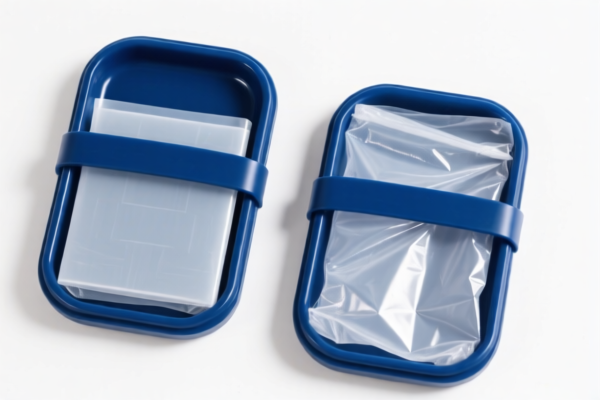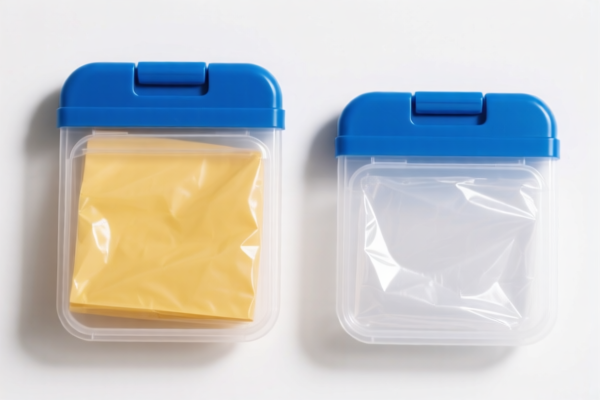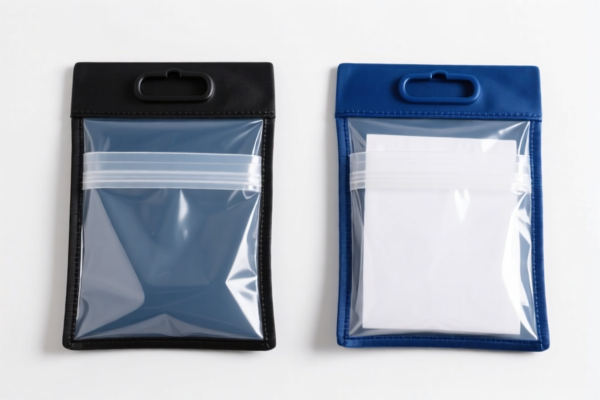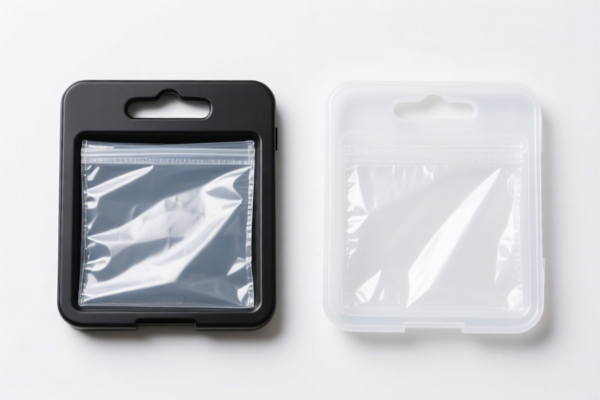| HS Code | Official Doc | Tariff Rate | Origin | Destination | Effective Date |
|---|---|---|---|---|---|
| 7310210050 | Doc | 80.0% | CN | US | 2025-05-12 |
| 7310290065 | Doc | 80.0% | CN | US | 2025-05-12 |
| 7326901000 | Doc | 80.0% | CN | US | 2025-05-12 |
| 8306100000 | Doc | 35.8% | CN | US | 2025-05-12 |
| 8306100000 | Doc | 35.8% | CN | US | 2025-05-12 |
| 8309100000 | Doc | 55.0% | CN | US | 2025-05-12 |
| 8309900010 | Doc | 57.6% | CN | US | 2025-05-12 |




Tin Box
A tin box is a container traditionally made from tinplate – steel sheet coated with tin – although modern versions may utilize other metals or materials. They are characterized by their rigid construction and protective qualities, historically used for preserving and transporting goods.
Material
- Tinplate: The classic material, offering corrosion resistance and malleability. Consists of a steel base with a thin coating of tin.
- Steel: Boxes can be made entirely of steel, often with a protective coating (paint, lacquer, epoxy) to prevent rust.
- Aluminum: A lighter-weight alternative, offering good corrosion resistance.
- Plastic: Modern variations may use plastic for lids or entire boxes, often with a metallic finish to mimic traditional tin.
Purpose
The primary purpose of a tin box is containment and preservation. They protect contents from:
- Moisture: The sealed nature of many tin boxes prevents water damage.
- Light: Opaque metal blocks UV light, preserving contents sensitive to degradation.
- Air: A tight seal minimizes oxidation and spoilage.
- Physical Damage: The rigid structure provides protection against crushing and impacts.
- Pests: A sealed tin box prevents access by insects and rodents.
Function
Tin boxes function as:
- Storage Containers: For a wide range of items, from food and tea to cosmetics, hardware, and collectibles.
- Packaging: Used for retail packaging of products.
- Decorative Items: Ornate tin boxes are often collected as vintage items or used for aesthetic purposes.
- Promotional Items: Custom-printed tin boxes are used for marketing and branding.
Usage Scenarios
- Food Storage: Historically used for biscuits, tea, sweets, and other dry goods. Still used for specialty foods.
- Cosmetic Packaging: Holding powders, creams, and other beauty products.
- Hardware Storage: Containing nails, screws, buttons, and other small items.
- Tea Storage: A traditional method for preserving tea leaves, maintaining flavor and aroma.
- Gift Packaging: Used as attractive containers for gifts.
- Collectibles: Vintage and decorative tin boxes are often collected as antiques or nostalgic items.
Common Types
- Biscuit Tins: Often rectangular, decorated with elaborate designs and imagery.
- Tea Caddies: Typically smaller, designed to keep tea leaves fresh.
- Candy Boxes: Various shapes and sizes, often with festive decorations.
- Rectangular Storage Boxes: General-purpose boxes for a wide range of items.
- Round Boxes: Common for sweets, powders, and other small items.
- Hinged Lid Boxes: Featuring a lid attached by a hinge for easy access.
- Slide Lid Boxes: Featuring a sliding lid for opening and closing.
The declared goods are tin boxes, which are containers typically used for packaging various materials. They are made of tinplate and are commonly used for food, beverages, and other consumer products.
The following HS codes are relevant to tin boxes, based on the provided reference material:
-
7310210050: This HS code covers tanks, casks, drums, cans, boxes and similar containers, of iron or steel, with a capacity not exceeding 300 liters, whether or not lined or heat insulated, but not fitted with mechanical or thermal equipment, specifically for a capacity of less than 50 liters: cans which are to be closed by soldering or crimping. This code applies if the tin box falls within the specified capacity and closure method.
- 73: Articles of iron or steel.
- 10: Tanks, casks, drums, cans, boxes and similar containers.
- 21: Of iron or steel, capacity not exceeding 300 liters.
- 0050: Specifically for cans less than 50 liters, closed by soldering or crimping.
-
7310290065: This HS code also covers tanks, casks, drums, cans, boxes and similar containers, of iron or steel, with a capacity not exceeding 300 liters, whether or not lined or heat insulated, but not fitted with mechanical or thermal equipment, specifically for a capacity of less than 50 liters: Other Other. This code applies if the tin box falls within the specified capacity but does not meet the soldering or crimping closure requirement.
- 73: Articles of iron or steel.
- 10: Tanks, casks, drums, cans, boxes and similar containers.
- 29: Of iron or steel, capacity not exceeding 300 liters.
- 0065: Other, specifically for cans less than 50 liters.
-
7326901000: This HS code covers other articles of iron or steel: Other: Of tinplate. This code applies if the tin box is classified as an "other article" of iron or steel and is specifically made of tinplate.
- 73: Articles of iron or steel.
- 26: Other articles of iron or steel.
- 90: Other.
- 1000: Specifically for articles of tinplate.
Regarding HS code 7326901000, please note the need to verify the material as tinplate.
The total tax rate for HS codes 7310210050 and 7310290065 is 80.0%. The total tax rate for HS code 7326901000 is 80.0%.
Customer Reviews
No reviews yet.